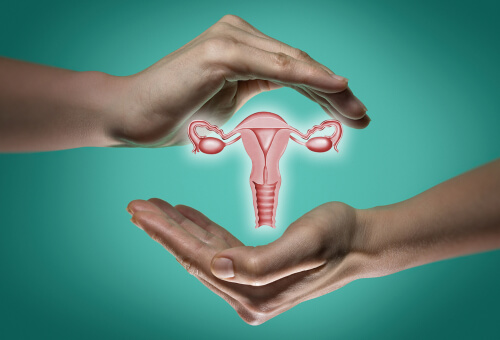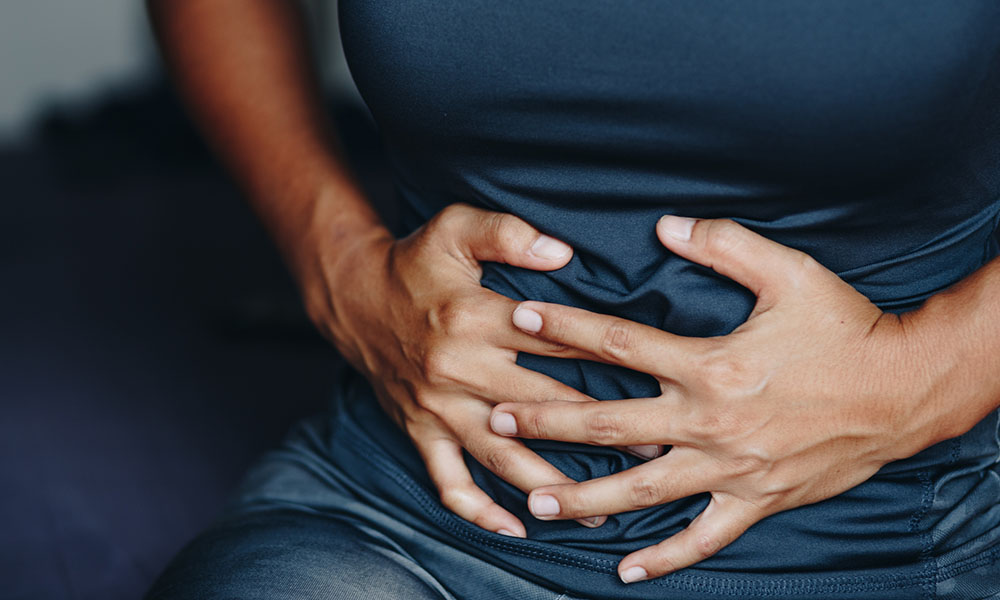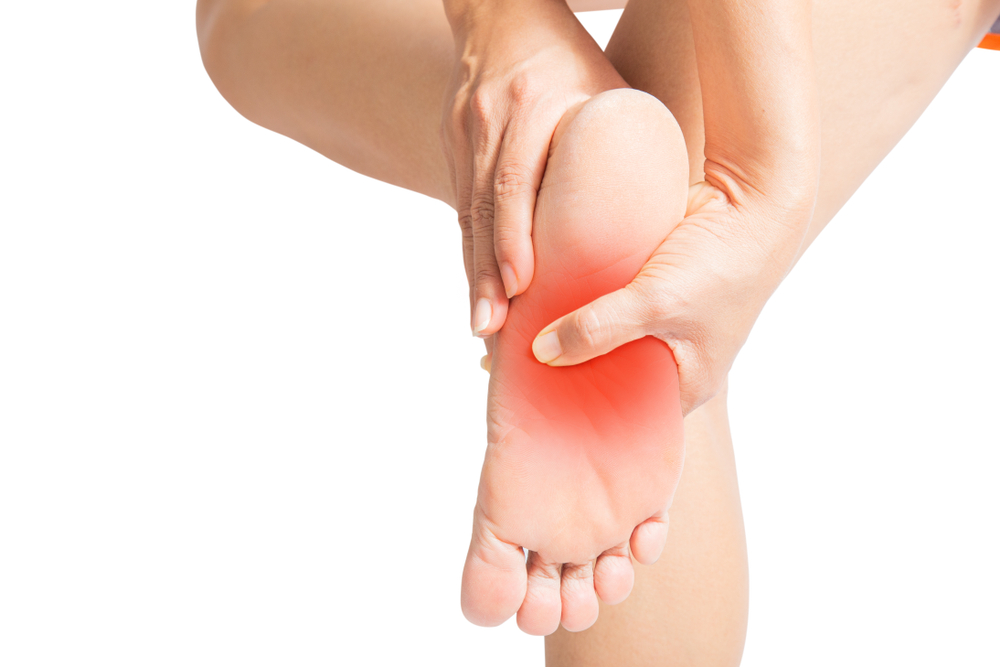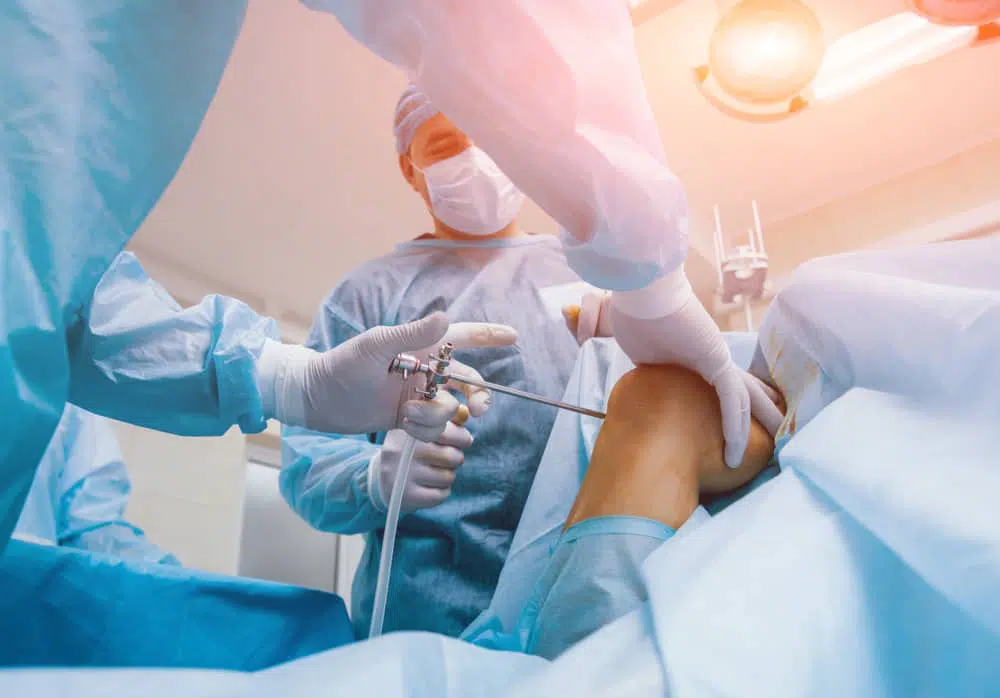When conservative treatments have failed to improve pain and impairment, lumbar spine surgery is the only option. The aim of surgery is to relieve/reduce pain and restore spine stability. This can be accomplished either by removing compressing tissue from a pinched nerve root or by mechanically stabilizing the lower back.
The most common surgical procedures for the lower back are divided into two categories of lumbar spine surgery which will be explained by Dr Mohana Rao who is working with one of the best neurology hospital in Guntur, Andhra Pradesh.
Table of Contents
Lumbar Decompression
Decompression surgery is usually performed to relieve pain caused by nerve root pinching. A lumbar herniated disc or lumbar spinal stenosis are the two most common causes of lumbar nerve root pain.
Radiculopathy, or sciatica, is the medical term for this form of discomfort. To alleviate pinching of the nerve and provide more space for the nerve to heal, a decompression operation involves removing a small portion of the bone over the nerve root and/or disc material from under the nerve root. Microdiscectomy and laminectomy are the two most common forms of decompression surgery.
Lumbar Fusion
A lumbar fusion is performed to relieve pain in a painful motion part of the lower back. This procedure is most widely used to treat pain and weakness caused by lumbar degenerative disc disease or a spondylolisthesis.
A spinal fusion surgery requires the use of a bone graft to avoid motion at a sore vertebral section, which can reduce discomfort caused by the joint. Along with spinal fusion, instrumentation (medical devices), bone graft operations, and a bone stimulator are also used.
Recovery
Your recovery depends upon many things including your post surgery care, lifestyle changes, expertise of neurosurgeon, medications etc. In Dr. Rao’s Hospital which is one of the best neurology hospitals in Guntur, the surgeon along with a team of experienced doctors will ensure better post surgery care for faster recovery. To ensure a speedy recovery after spine surgery, follow the instructions below.
Activity
You may be up and about to attend to your personal needs, but you should refrain from engaging in any strenuous exercise. Don’t put yourself in a situation where you’re at risk of collapsing.
Lift no more than 3.5 kg. Pushing and pulling should be avoided.
It is permissible to go up and down the stairs. Use the handrails and take one step at a time before you feel secure. Take steps to avoid falling and, if necessary, seek assistance.
Bending or turning at the waist should be avoided. When picking up things, bend at the knees (squat). Sitting for more than 45 minutes to an hour at a time is not recommended. Sitting for prolonged periods of time will make you feel more uncomfortable. Until sitting again, take a 10-minute break to get up and walk about or lie down.
Workout
After surgery, walking is the safest “exercise,” and you can walk every day. Gradually increase the walking time. Within one to two months after surgery, you should be able to steadily raise your distance until you can walk around one mile. For the first month after surgery, women should stop wearing high heels.
Care for Incisions
During surgery, keep the incision dry for 48 hours. There is no need to use any ointment. If there is discharge from the incision, it is not necessary to keep it sealed. If the discharge lasts more than two days or you notice redness or swelling around the incision, call your doctor right away.
Ten to twelve days after surgery, the sutures are removed.
Take your temperature with a thermometer if you have a fever or chills. If your temperature is above 101 degrees Fahrenheit (38.3 degrees Celsius), call your doctor right away.
Taking a bath
After 48 hours, you can shower and get the incision wet. Scrubbing the incision site is not a good idea. Baths, hot tubs, and swimming should be avoided for the first month after surgery so the incision should not be soaked. It’s normal for the incision site to itch, but try not to scratch it.
Driving
For the first two weeks, don’t drive. You are permitted to travel in a car for short distances if tolerated.
Medication for Pain
When you leave the hospital, you will be given a prescription for pain relief. If stomach disturbance happens, take the pain reliever with a snack or meal.
Sexual activity
Sexual activity may be resumed at any time as long as it is permitted. Slow down and stay away from uncomfortable positions.
Diet plan
Consume a nutritious, well-balanced diet and limit your calorie intake. Following surgery, you can experience a loss of appetite.
Constipation
If you’re constipated following surgery, increase your fiber (fruits and vegetables) and fluid intake (unless instructed otherwise). You can use any over-the-counter laxative you want (such as Looz, Dulcolax, Cremaffin or Milk of Magnesia). Using an over-the-counter enema if you haven’t had a bowel movement. If you still haven’t had a bowel movement, or if you’re experiencing nausea, vomiting, or abdominal bloating, see your family doctor for advice.
Tobacco use
After surgery, you do not smoke. Smoking slows the regeneration of the skin and bones. In addition, smoking reduces the efficacy of the pain medicine.
Visit for Follow-Up
A post-operative appointment is required on the tenth day, as well as a follow-up appointment three to four weeks after surgery. You’ll be seen again three months after surgery.















